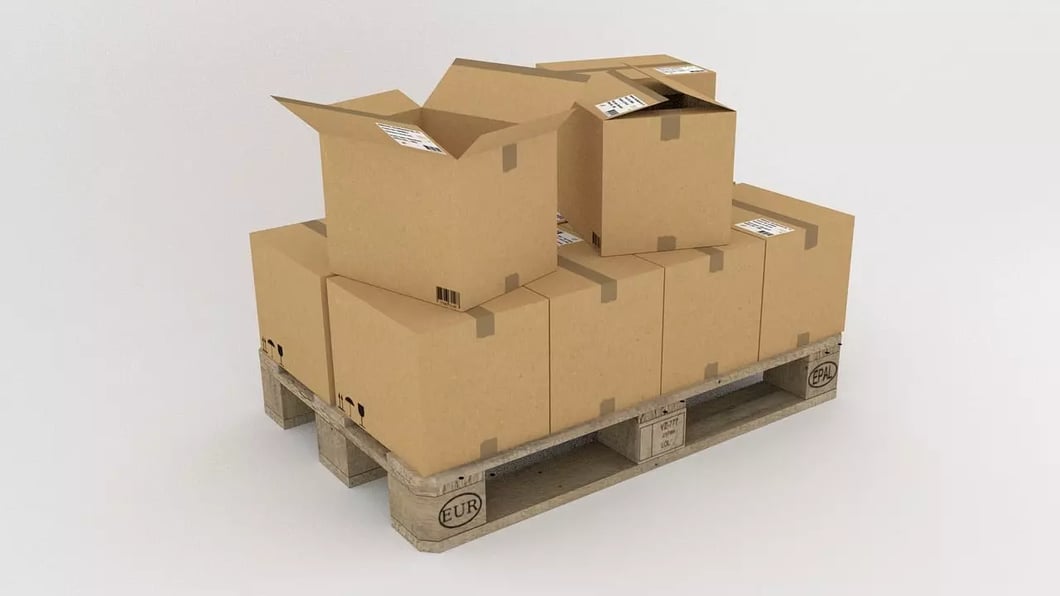
When choosing product packaging materials, there is more to consider than just what looks good.
The reality is, there are all sorts of inspections, regulations, and compliance requirements to consider before you ship your product. Failure to follow these with your packaging can mean money and time wasted, and a bad reputation for your business.
We've compiled some of the most important considerations for your packaging, including ones that are often forgotten.
1. Review Relevant Regulations
If you are shipping overseas, for example, familiarize yourself with the regulations. Non-compliance may result in product returns, shipping delays and extra costs for inspections and/or repackaging.
This may be a little tricky, and we’d be glad to help you out. Just get in touch with one of our responsive customer service representatives.
2. Ask For Customer Handling, Receiving, & Inspection Requirements
Local shipping departments (USPS, UPS, etc.) will have information on product packaging material requirements. such as labeling requirements.
3. Consider The Mode Of Transportation
Each mode of transportation subjects shipments differently, and each mode may have different levels of environmental exposure, physical forces, and re-handling.
4. Look At The Product's Physical Traits
To reduce damage due to transportation, storage and handling, determine the product’s susceptibility to water, sunlight, temperature, and physical stress (i.e. compression, impact, vibration, surface contact, etc.).
5. Know If The Product Will Be Inspected
Shipped products are often inspected upon delivery for quality conformance and accurate shipping count.
For example, when receiving more than one item the recipient may prefer bulk packaging so that he/she can easily open the package for inspection.
6. Reduce The Products Packaging Profile
Freight rates and air parcel, for example, are typically structured on a weight/measure basis.
Dense cargo is billed according to the actual shipment weight, whereas lighter cargo is billed according to the volume displaced. Reducing the packaging profile can reduce costs.
7. Build In Visibility
No matter how slim the supply chain is, most products will be stored and/or handled multiple times. To increase visibility, incorporate bar-codes, radio frequency ID tags, and/or GPS technology in the product’s packaging.
8. Consider Reusable Designs
Reusable packaging can lower total costs and improve sustainability. Not only is this saving you money now, but it's saving the planet later - a double win!
It can also be an added value for customers who are environmentally conscious, and will thus be more inclined to buy from your brand.
9. Be Conscious Of Extended Producer Responsibility (EPR) Initiatives
EPR reforms make manufacturers responsible for a product’s entire life cycle. Some companies include return packaging and/or shipping with their products, so consumers can easily return items.
10. Ask For Help
Keeping all of the aforementioned rules, regulations, and guidelines straight can be a lot of work. Partnering with a shipping supply vendor who can help explain all of the compliance considerations and craft your product packaging materials and shipping supplies to perfectly align with them can be key in saving your business time and money.
We're happy to walk you through any questions or concerns you might have.
Source: Inbound Logistics
.png?width=845&height=137&name=Slice%203%20(23).png)